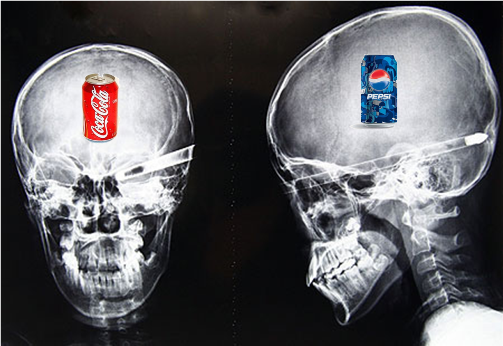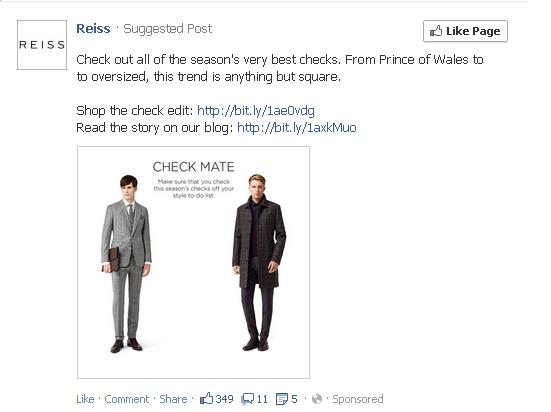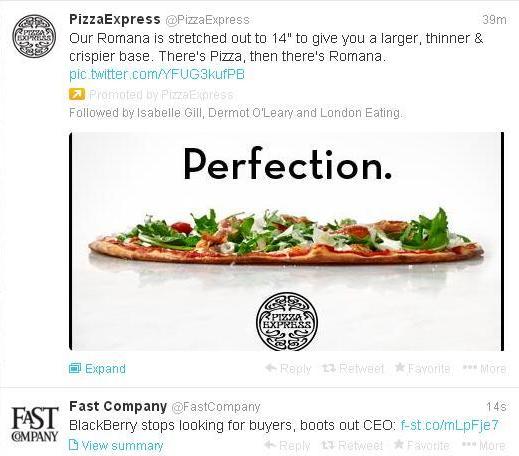Neuromarketing: can science predict (and influence) our purchases?
23 May, 14 | by BMJ
In the 1950s, two scientists at McGill University accidentally discovered an area of the rodent brain now known as ‘the pleasure centre’. Given the opportunity to stimulate their own pleasure centres via a lever-activated electrical current, a group of rats pressed the lever over and over again, going without food and sleep, until many of them died from exhaustion.
Most humans are a little more complex than rats but we are still largely motivated by what makes us feel good, especially in relation to purchasing choices. In light of this, many major corporations are taking a special interest in understanding customers through the mechanics of the human brain. This is the emerging but fast-growing field of ‘neuromarketing’, which uses brain-tracking tools to determine why people prefer some products over others. 
What is neuromarketing?
The concept of neuromarketing was developed by psychologists at Harvard University in 1990. For decades, marketers sought to understand what consumers were thinking but have relied on traditional techniques, such as focus groups and surveys. A major advantage of neuromarketing is that metrics are taken solely from brain imaging, removing the possibility of asking the wrong questions or participants not saying what they think.
In 2008, a team of scientists in Germany published a study showing how the brain unconsciously prepares our decisions: several seconds before we consciously decide what we’re going to do, its outcome can be predicted by looking at unconscious activity in our grey matter. “The researchers, from the Max Planck Institute in Leipzig, told participants in the study that they could freely decide if they wanted to press a button with their left or right hands, whenever they wanted, but they had to remember at which time they felt they had made up their mind. They found that it was possible to predict from their brain signals which option they would choose seven seconds before they consciously made their decision.”
Although a nascent field, neuromarketing has been used by larger corporations for some time. In a study published in 2004 in Neuron, 67 people had their brains scanned while being given the “Pepsi Challenge”, a blind taste test of Coke and Pepsi. Half the subjects chose Pepsi, which produced a stronger response than Coke in the region of the brain thought to process feelings of reward. But when the subjects were made aware that they were drinking Coke, 75% said that Coke tasted better. Their brain activity also changed. The area of the brain that scientists say governs high-level cognitive powers, the lateral prefrontal cortex, and an area related to memory, the hippocampus, were now active, showing that the consumers were thinking about Coke and relating it to memories and other impressions. The results demonstrate that Pepsi should in theory have half the market share, but in reality consumers are influenced for reasons related to their experiences with the Coke brand rather than taste preferences.
Criticism
The field has generated a great deal of controversy, especially in the media. Critics warn of the threat of marketers finding the mythical ‘buy button in the brain’ and deem the field ‘creepy science’, ‘mindreading,’ and the ‘misuse of scientific knowledge’. Some consumer advocate organisations, such as the Center for Digital Democracy, have criticised neuromarketing’s potentially invasive technology. Jeff Chester, the executive director of the organization, claims that neuromarketing is “having an effect on individuals that individuals are not informed about.”
While the emerging field does provide valuable information about the consumer mind, it does not give marketers a “window into the subconscious” or access to a consumer “buy button.” Rather, it is a valuable new tool for market researchers, and definitely one to watch.








